It’s happening. Standing in line at the convenience store grabbing a snack after a long day, you happen to glance towards the door. There is a masked assailant pulling a gun from his hoodie, threatening to start hurting people. You are carrying concealed with one in the pipe, can you get to it in time? Can you make the shot with the adrenaline slamming through your veins? When was the last time you checked the condition of your weapon? Will your draw be fast, smooth and most importantly, accurate?
These are all the things we DON’T want to be thinking in this moment, but let’s face it, most of us will. This illustrates the importance I put on training and focused range time. Michael Jordan didn’t sit around playing video games until a big game and then just sink 3-pointers. He practiced and trained daily to make sure he was at the top of his game. We who choose to be protectors must put the same if not a higher dedication to the mastery of our craft as it could one day be the skill to save you or your loved one’s lives.
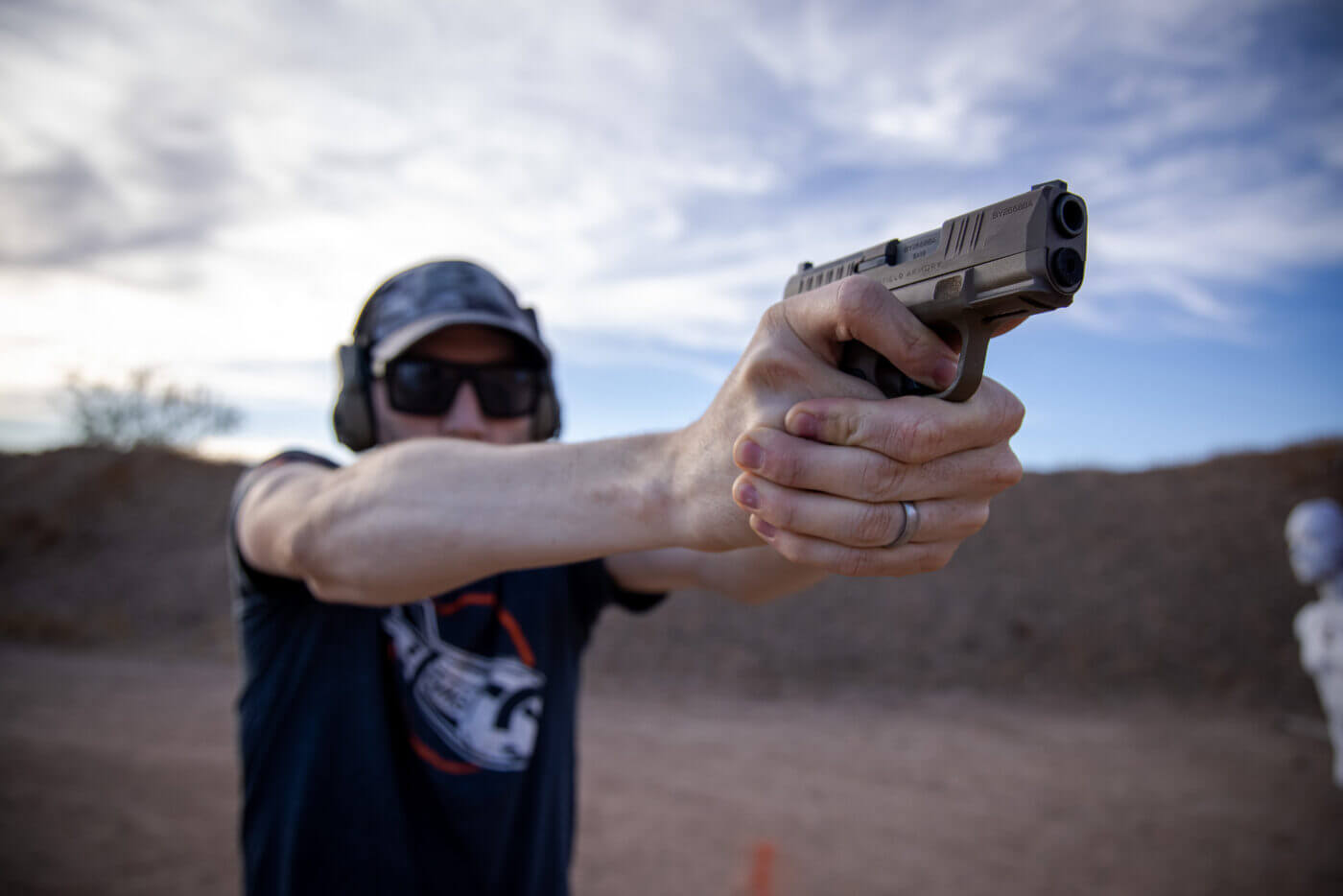
Where It Counts
During a recent training session where I was going over holster work, I wanted to see where I was clocking on my draw speed from concealment. That day prior to the clock, I had run about one mag through on different drills, so I wasn’t attempting this cold. Additionally, having a camera on me and an instructor at my side adds a bit of the doubt and “what if I mess up XYZ” into my mind which is actually a great training aid as it put me closer to that stress point you may experience in the moment.
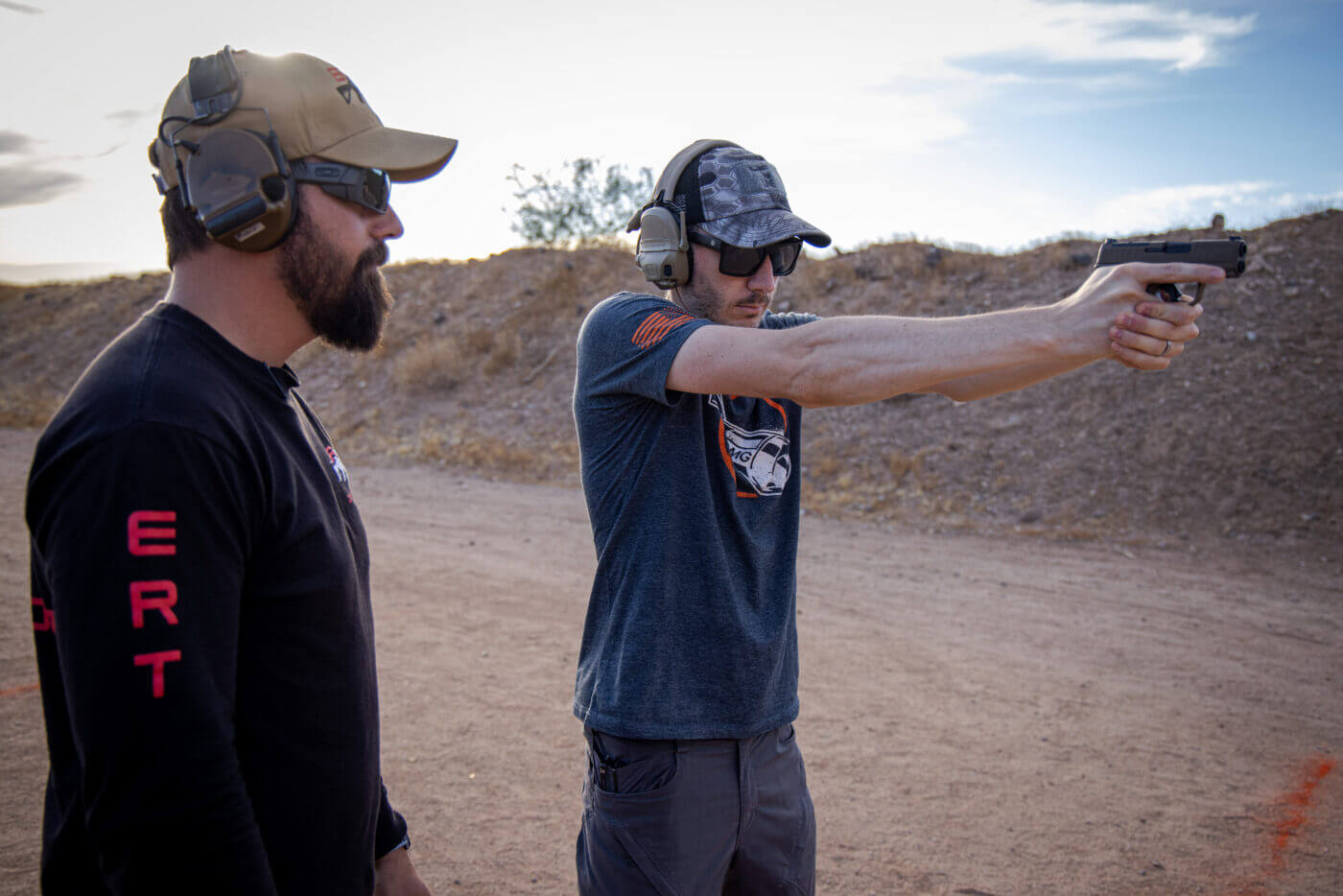
The gold standard in drawing from concealment is sub one second — a lofty and worthy goal of reaching one day. Today, I just want to be smooth and accurate, remembering the steps Rob Orgel from ER Tactical has drilled into my head. Clear the cover garment. Right hand drives into the gun for a proper grip and clears holster. Drop the elbow and orient the gun towards the threat. Hands meet at high center chest. Drive the gun out and press.
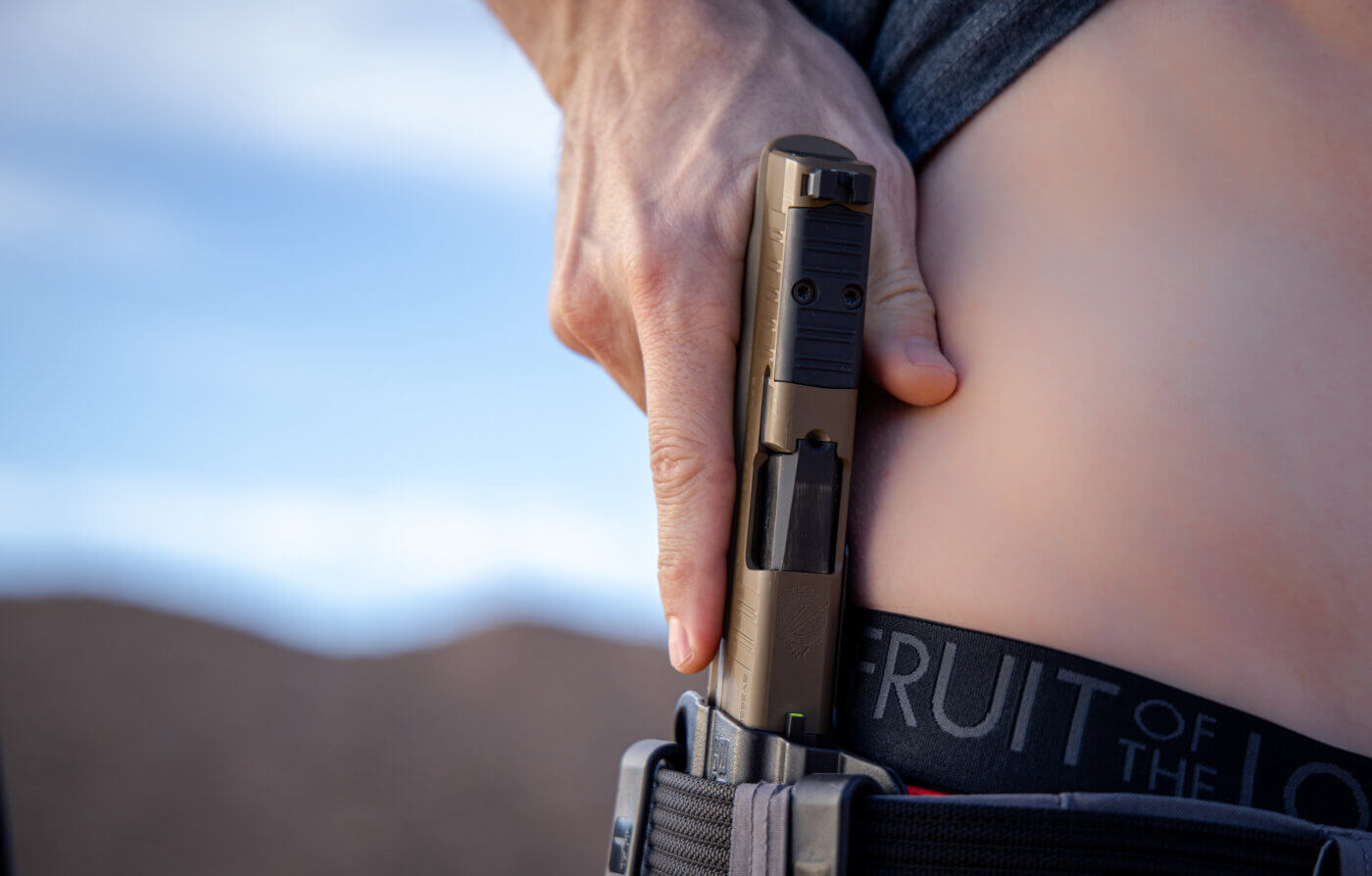
Do You Have the Time?
For this drill, Rob set the timer to randomly beep between three and eight seconds. This is a great way to practice because if you set a prescribed amount of time, it’s easy to just know when the beep is coming and be prepared. By randomizing the time to a degree, it can catch you off guard.
Here we go. Standby … BEEP.
1.62 seconds. Not bad, eh! I noticed I took extra time to draw the pistol and I could definitely pick up some time there, but I was pretty happy with where that speed was, being the first time I clocked it. I tried again for fun.
1.5 seconds with a nice high center chest placement. A good start!
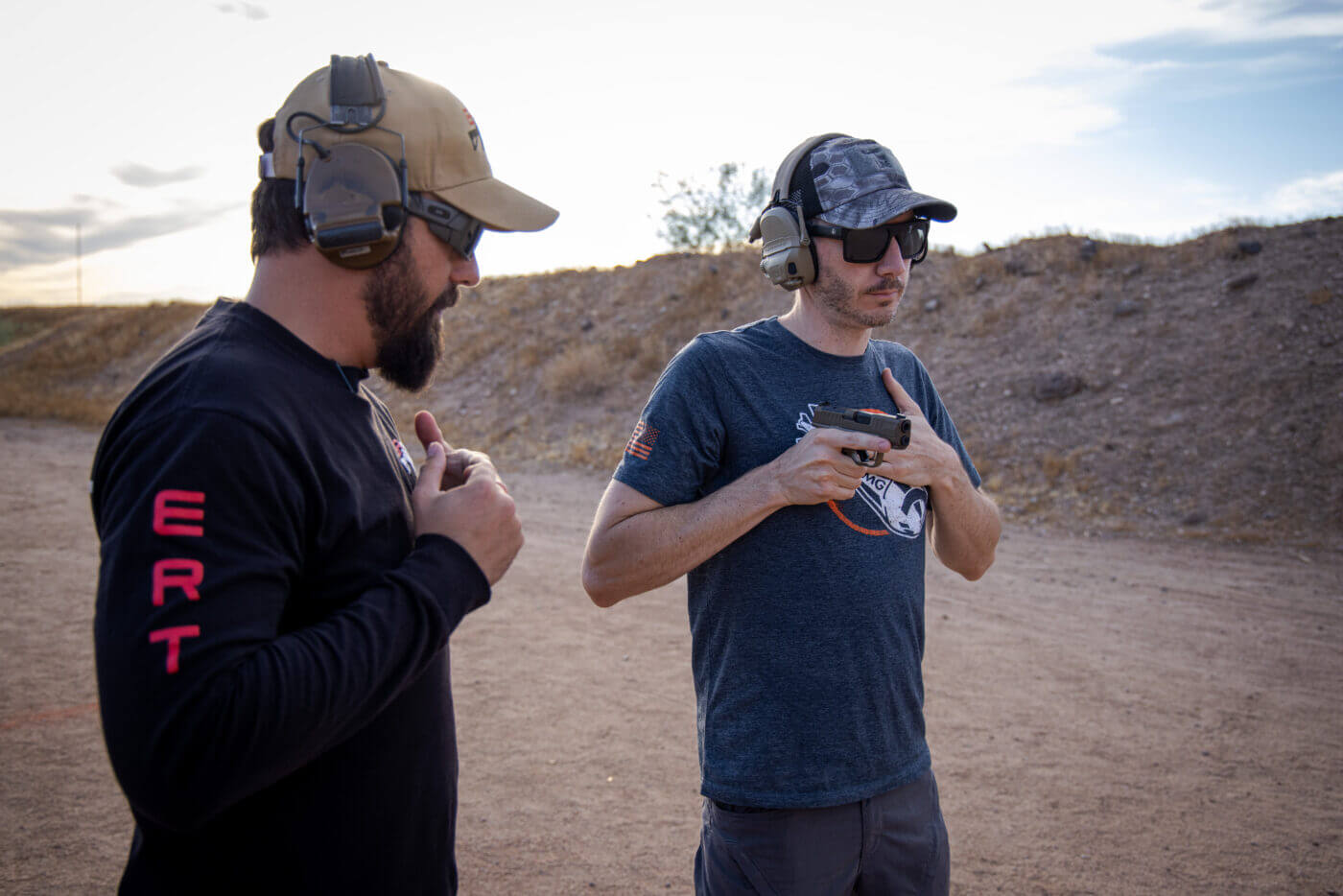
I was happy to see that my reaction wasn’t to rush the draw or miss the shot completely. I can see by filming myself where to improve and work on aspects of my draw. It’s great to know your speed and capabilities when carrying a firearm for self-defense, daily. This way if you ever need to draw that firearm you know if and when you need to hit the gas pedal or when you need to slow it down to be as accurate as possible.
Carrying Concerns
This process also illustrates how important the choosing of a proper holster and position of your carry can be. If your holster sits too low it will be hard to get a proper grip, and if your carry position doesn’t allow for a fast easily accessible draw you may not be able to be as quick and as accurate as you need to be in your emergency situation.
My daily carry is a Bravo Concealment Torsion 3.0 holster and a Springfield Hellcat at the 3:30 position IWB. The BC holster sits at the perfect height to get a proper grip, and it is a very slim holster profile. The Hellcat for me is the perfect blend of size and capability for carrying. The U-Dot sight and 11+1 round capacity are some of my favorite aspects of the Hellcat. I can acquire a good sight picture extremely fast and place good follow up shots with ease. In addition, the option of being able to run a co-witness red dot is a big plus.
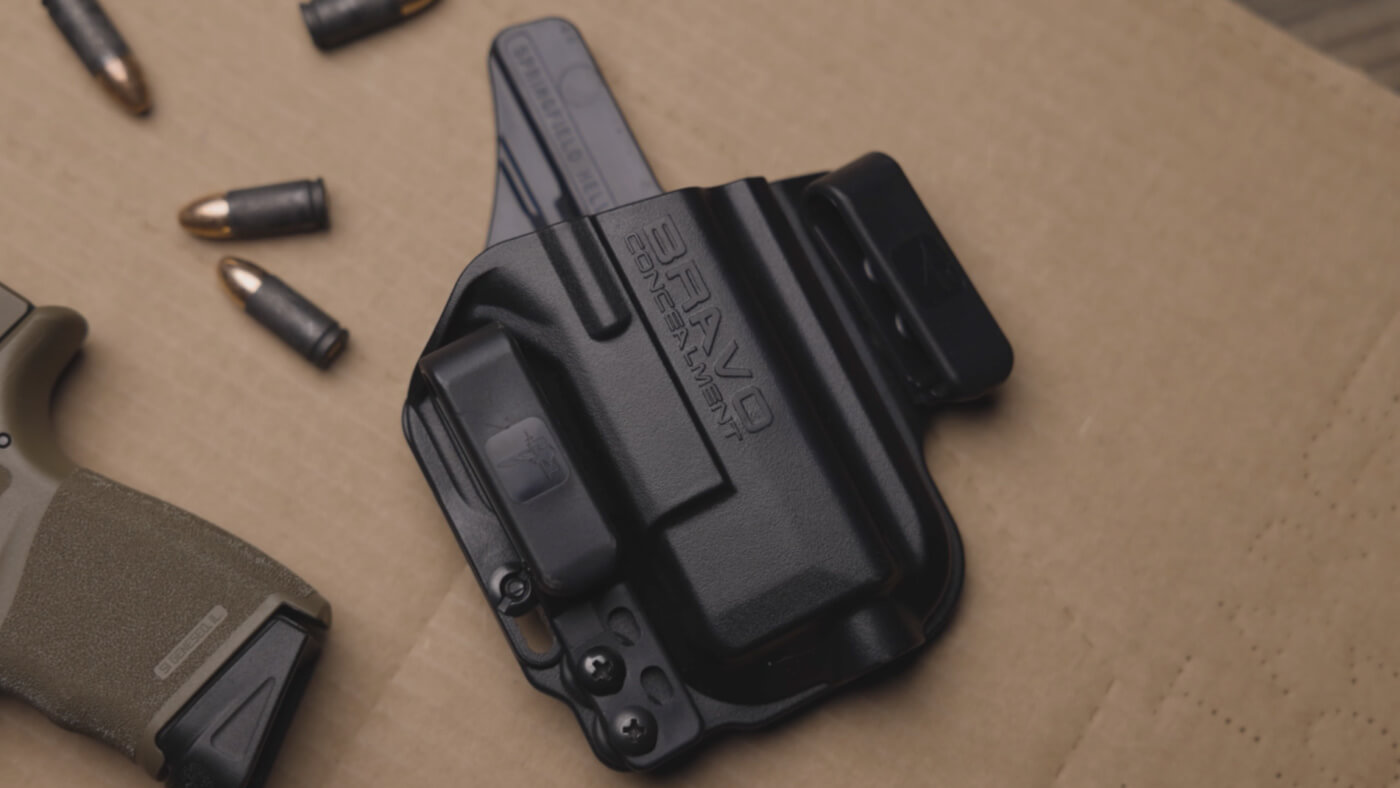
At the end of the day, you must practice, practice, practice. We are preparing for the worst-case scenario and one that could be a life-saving or life-taking emergency. Understanding your capabilities and the strengths or weaknesses of your carry options might just be the most valuable thing you could do at the range.
Editor’s Note: Be sure to check out The Armory Life Forum, where you can comment about our daily articles, as well as just talk guns and gear. Click the “Go To Forum Thread” link below to jump in!
Join the Discussion
Featured in this video
Read the full article here



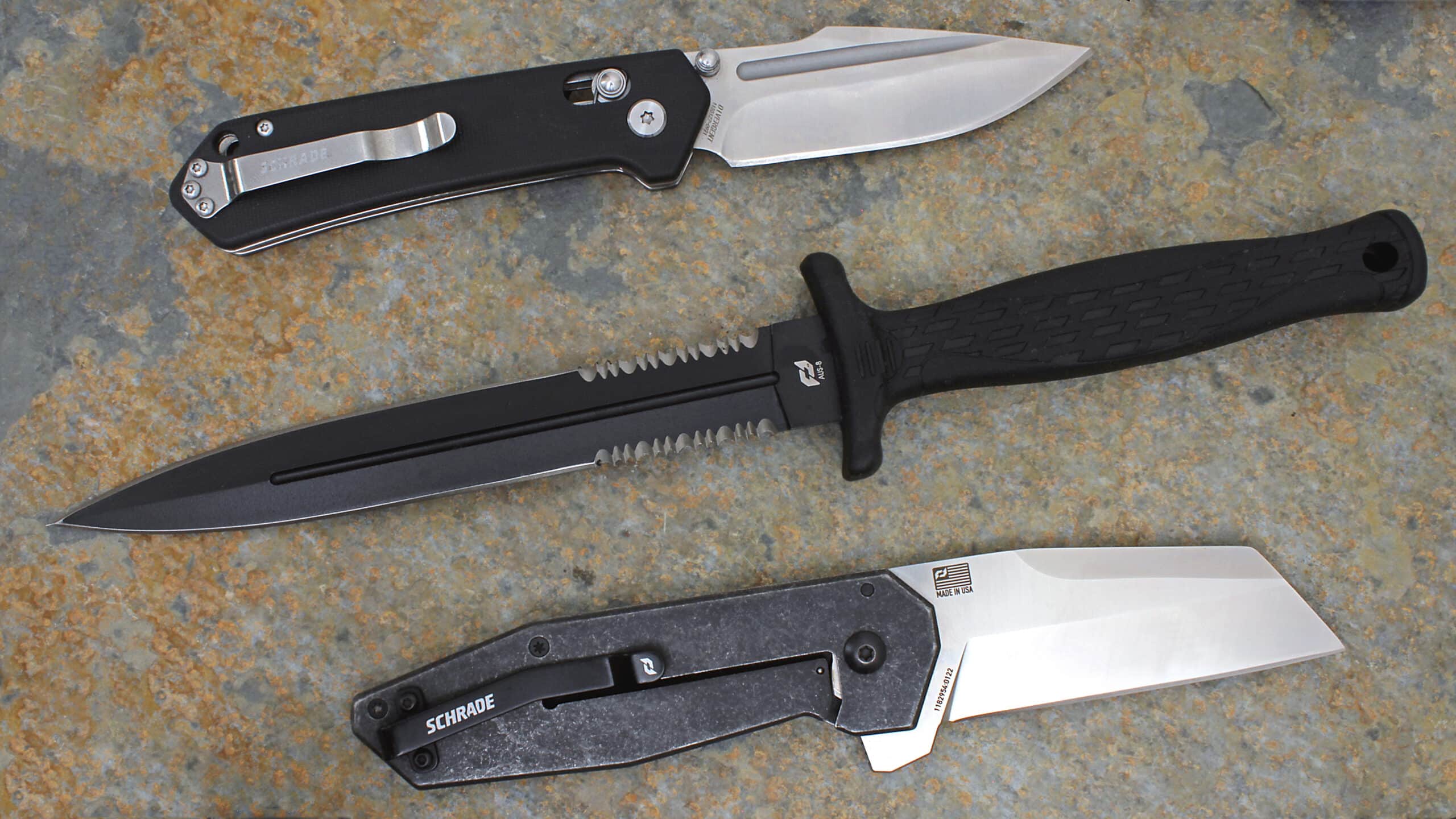

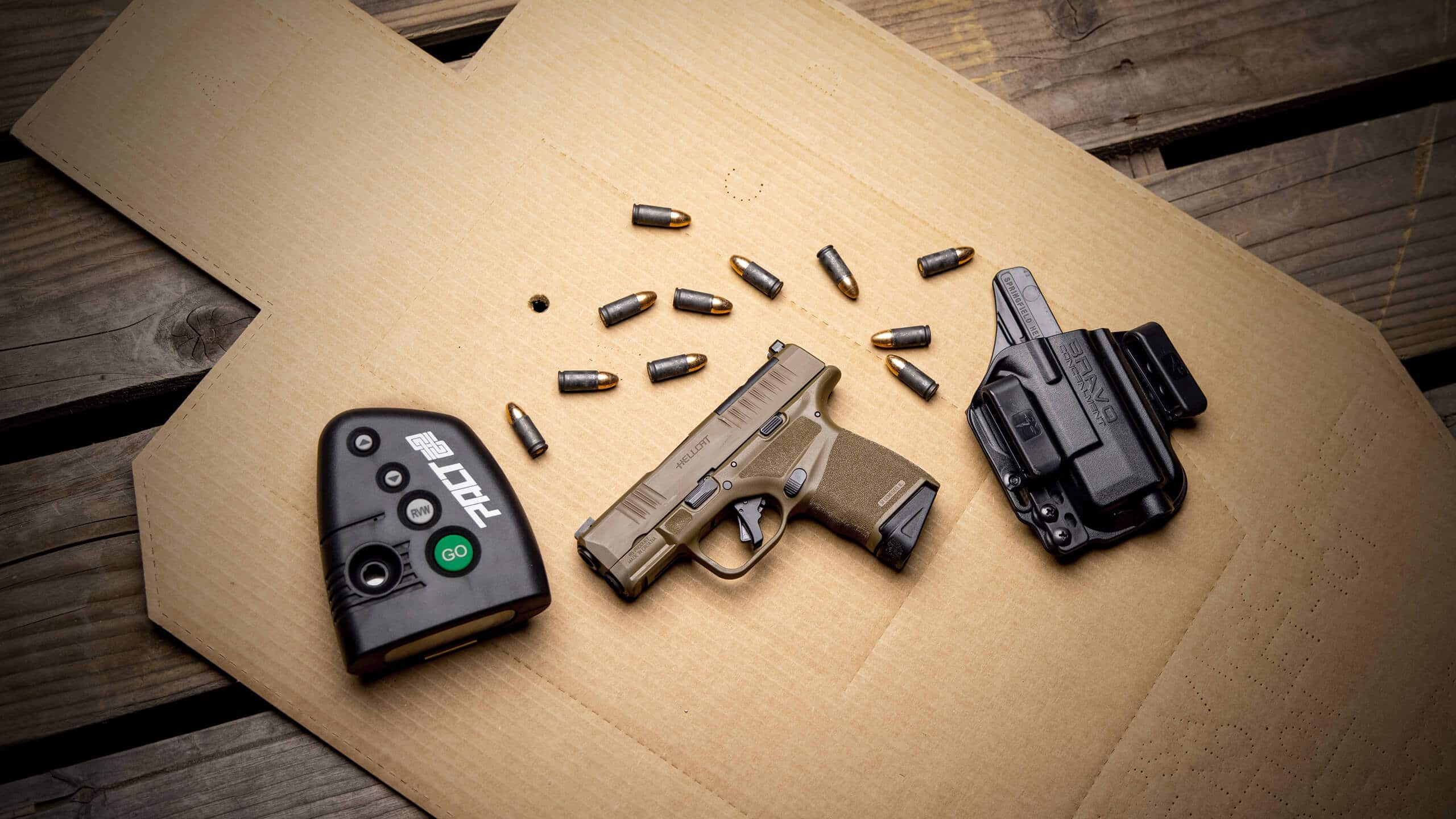
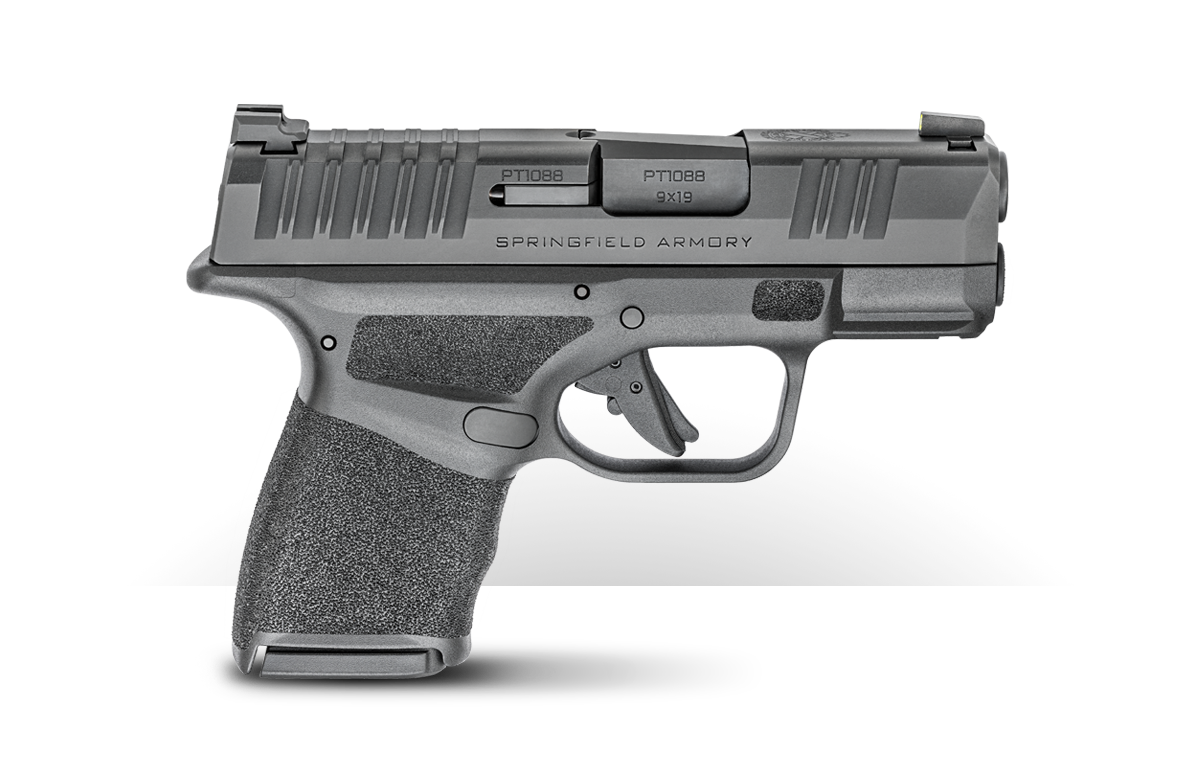
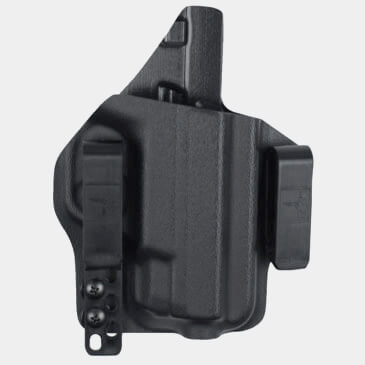


![KE Arms Shotgun Picatinny Stock Adapter [FIRST LOOK] KE Arms Shotgun Picatinny Stock Adapter [FIRST LOOK]](https://www.recoilweb.com/wp-content/uploads/2025/01/KE-Arms-Shotty-3.jpg)








Leave a Reply